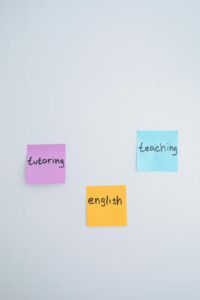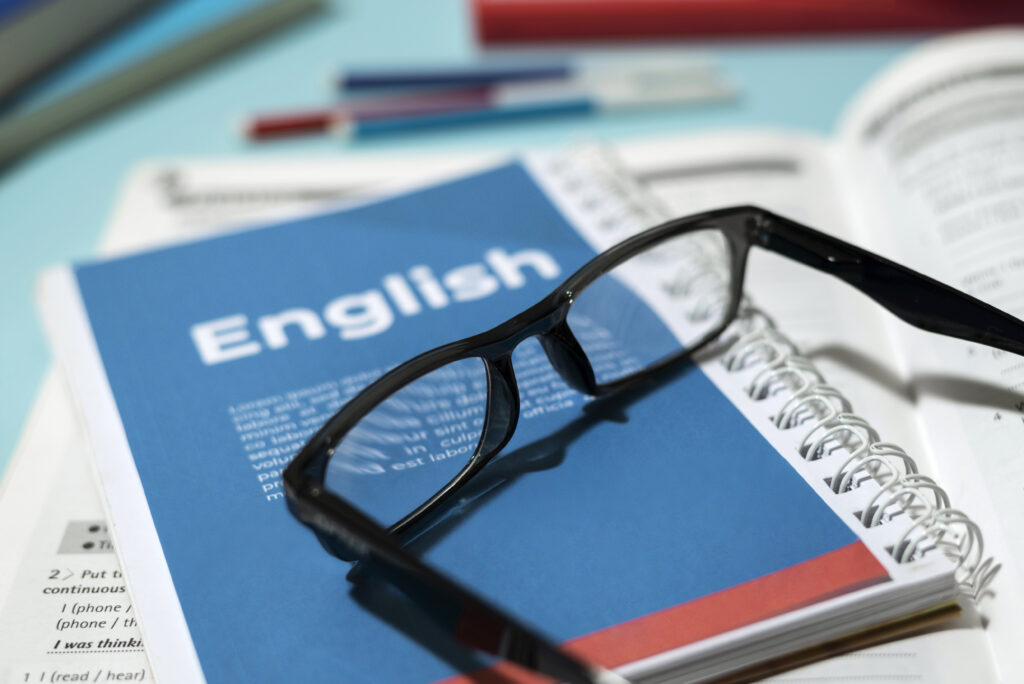Est. reading time: 3 minutes
Types of Verb Tenses
- Bola lost his favourite book in the bet. (Past Tense).
- She lives in one of the roughest places in Nigeria. (Present Tense).
- They will leave soon. (Future Tense).
And for each of them, there are four different forms of tenses. These are simple tense, continuous tense, perfect tense, and perfect continuous tense.
Simple Tense: Simple tense is a tense of verbs that does not involve adding an auxiliary verb to the main verb.
Continuous Tense: Continuous tense is a tense of verbs that describes an action or activity in progress or ongoing.
Perfect Tense: The perfect tense is a tense of verbs that describes actions that have already been done or completed when we are talking about them.
Perfect Continuous Tense: Perfect continuous tense is a tense of verbs that describe an action or activity that formerly began in the past and has only just stopped or is still ongoing.
These sum up to twelve subtypes of English tenses:
- Simple Past Tense
- Simple Present Tense
- Simple Future Tense
- Past Continuous Tense
- Present Continuous Tense
- Future Continuous Tense
- Past Perfect Tense
- Present Perfect Tense
- Future Perfect Tense
- Past Perfect Continuous Tense
- Present Perfect Continuous Tense
- Future Perfect Continuous Tense
Past Tense.
Past tenses, as earlier noted, describe an activity or event that has formerly occurred. Examples of simple past, past continuous, past perfect and past perfect continuous tenses are provided in the table below:
| Simple Past Tense | Past Continuous Tense | Past Perfect Tense | Past Perfect Continuous Tense |
| I ate dinner late. | I was eating dinner when he called. | I had eaten dinner before he called | I had been eating dinner when he called. |
| They studied for the exams. | They were studying for the exams. | They had studied before the test. | By the time the teacher came in, they had been studying. |
| She travelled to her village last week. | She was travelling to her village. | She had travelled to her village. | She had been travelling. |
Present Tense
Present tenses describe events or actions that are currently being performed. Examples of simple present, present continuous, present perfect and present perfect continuous are provided in the table below:
| Simple Present Tense | Present Continuous Tense | Present Perfect Tense | Present Perfect Continuous Tense |
| The family eats dinner every day at 8:00 pm. | They are eating dinner right now. | They have eaten dinner already. | They have been eating dinner since I left. |
| She studies at the library every evening. | She is studying for the tests. | She has studied for the test. | She has been studying for the test. |
| I play basketball. | I am playing basketball. | I have played basketball. | I have been playing basketball. |
Future Tense
As earlier explained, future tenses describe events or activities that are yet to occur or that are expected to occur in the future. Examples of simple future, future continuous, future perfect and future perfect continuous tenses are provided in the table below:
| Simple Future Tense | Future Continuous Tense | Future Perfect Tense | Future Perfect Continuous Tense |
| I will finish my work by 11:30 pm. | I will be finishing my work by 11:30 pm. | I will have finished my work by 11:30 pm. | I will have been working for two hours since he last called. |
| She will write the email tomorrow morning. | She will be writing the email tomorrow morning. | She will have written the email by tomorrow morning. | She will have been writing for an hour by tomorrow morning. |
| He will teach the class next week. | He will be teaching the class next week. | He will have taught the class by next week. | By next week, he will have been teaching for a year at the local school. |
Conclusion
Verb tenses can be a very confusing and difficult topic for a lot of people. However, they are essential for delivering accurate sentences when relaying information. Has this article helped you understand English tenses? Make sure to check back for other articles that would help improve your communication and writing.


